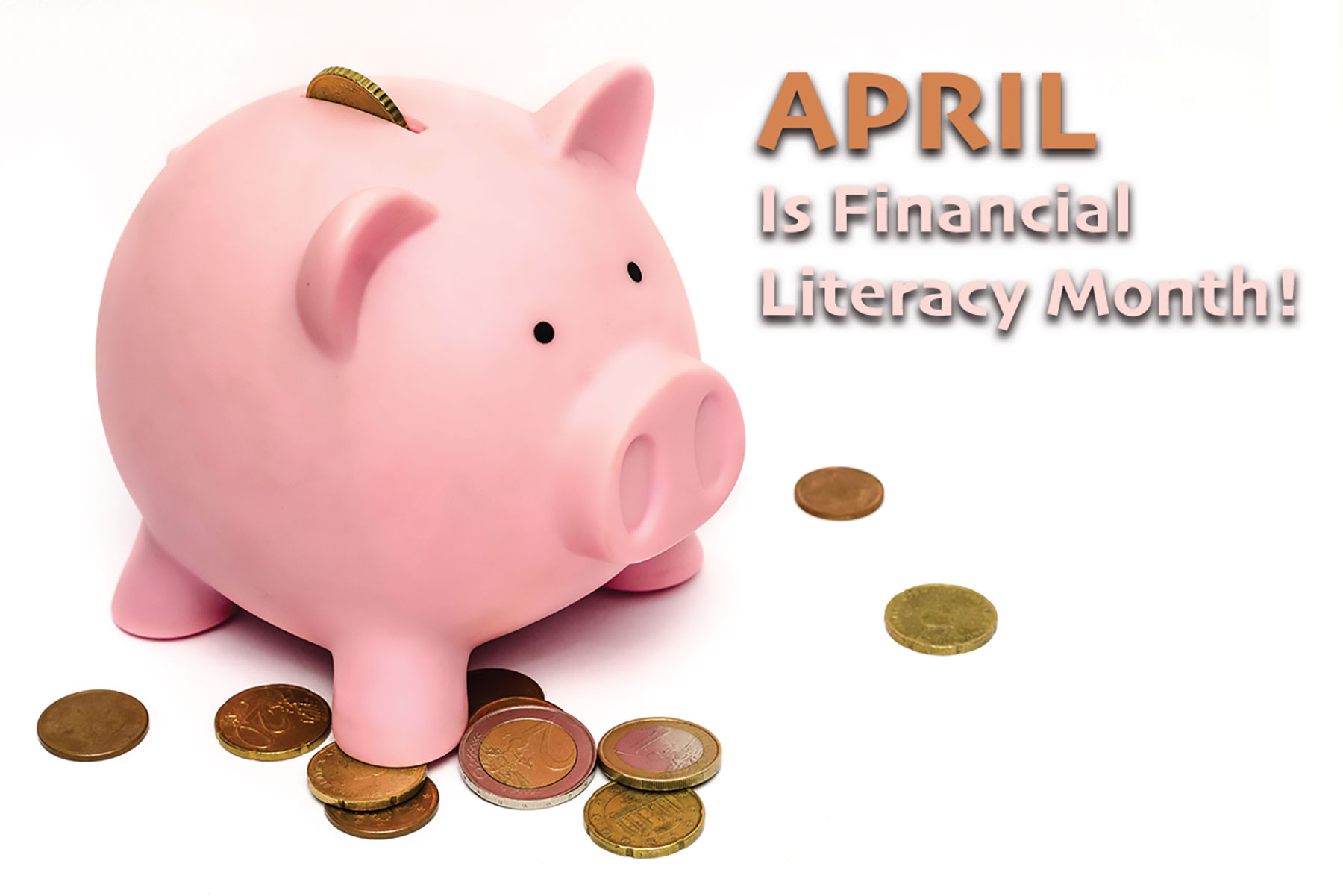If you want to be eligible for a $50 gift card to Walmart and are a Southern Ute tribal member, please submit your answers. We are using The National Financial Capability Test that has had over 60,000 participants and has been featured in Forbes, Yahoo Finance, The Hill, CNBC, and other news outlets. The test measures one’s ability to earn, save and grow their finances.
For tribal members that participate in the questionnaire, 10 tribal members will be randomly drawn for a $50 gift card to Walmart. You must submit your answers to dlarsen@southernute-nsn.gov.
There are two sets of questions. 15 were in the April 9 issue and another 15 questions in this publication. Answers must be submitted by 5pm, on Thursday, May 6.
1. What are the benefits of networking?
a. Networking provides a source for future jobs.
b. It allows you to meet new friends with similar interests.
c. To create opportunities to serve others.
d. All of the above.
2. What is networking?
a. Meeting people you contact only when you need something.
b. Getting letters of recommendation from former teachers and employers.
c. Building friendships and relationships with people who are associated with your areas of interest.
d. None of the above
3. Which of the following is not a good way to network?
a. Social media sites (like Facebook or LinkedIn).
b. Attending industry-specific trade shows.
c. While in college, trying to meet as many students as possible who share your major.
d. All are good ways to network.
4. How can understanding risk management topics help me in everyday life?
a. It can help safeguard your credit and protect you from lawsuits.
b. You can avoid large medical bills incurred because you have no medical insurance.
c. Understanding risk management helps you evaluate the risks involved with situations you might face while driving, hanging out with friends, or being adventurous.
d. All of the above.
5. Which of the following financial products can help you lower your personal risk?
a. Insurance
b. Mutual funds
c. 401k and retirement plans
d. None of the above
6. How do I decide how much coverage I need when selecting car insurance?
a. Do online research to find out the minimum coverage requirement for your state.
b. Ask salespeople from several different insurance companies.
c. Ask a friend or mentor with a high level of insurance expertise.
d. All of the above.
7. If I do NOT have a written long-term financial plan, which of the following might I experience?
a. You might run out of money after you retire, and be forced to go back to work when you’re old.
b. Being unable to afford fun activities you want to enjoy.
c. Having the freedom to live the lifestyle you want.
d. Both “a” and “b
8. Before I begin investing, what systems should I have in place?
a. Expert-level knowledge about any investment you’re considering.
b. A trusted team of professionals who can give you advice.
c. Risk capital (money you can afford to lose).
d. All of the above.
9. How do I begin the process of creating a long-term financial plan?
a. Starting thinking about and writing down goals for your career, finances, and life.
b. Start investing immediately.
c. Open a savings account.
d. Check your credit.
10. If I invest $100 per month starting at age 21, and that money earns a 7% annual return, how much will I have after 70 years?
a. $138,957.
b. Between $150,000 and $225,000 depending on life expectancy.
c. More than 1.5 million dollars
d. None of the above.
11. Which of the following worst-case scenario risks are possible when making investments?
a. You can lose the entire amount you invested in stocks, and you can lose more than the amount you invested in real estate.
b. Losses are limited to 20% on stock and real estate investments, so if you invest $1,000 the most you can lose is $200.
c. Your real estate investment is not liquid and you cannot sell it.
d. Your stock investment loses all its value overnight because of what’s happening in a small country on the other side of the world.
e. Answers “a”, “c” and “d”.
12. Which of the following steps should I take now to be prepared to invest and get my money growing for me?
a. Start saving toward an emergency fund equal to 6 months of your bills.
b. Start learning more about investing and potential investments.
c. Start looking for a team of trusted advisors and mentors.
d. All of the above.
13. How can volunteering and supporting a nonprofit or cause I believe in benefit me?
a. Makes you feel good while you build your skills and résumé.
b. It doesn’t have any impact on you personally; it just helps others, which is a good thing.
c. It can improve your chances of getting into college and getting a job.
d. Both answers “a” and “c”
14. What are the functions of a business plan?
a. An initial guide for you to follow, plus detailed information on all business aspects to use later when seeking funds or investors.
b. An initial detailed marketing and income plan, which becomes an employee training outline and sets the business goals later.
c. It provides a very detailed plan solely focused on marketing and income.
d. A business plan is a confidential document used to train employees and establish business goals.
15. What is my best first step to start a social enterprise (business trying to solve a social problem)?
a. Form a company name, domain name, and logo.
b. Save money to invest in your business.
c. Think about your passions, do research, and talk with interested people.
d. Find friends or family to invest in your business.

